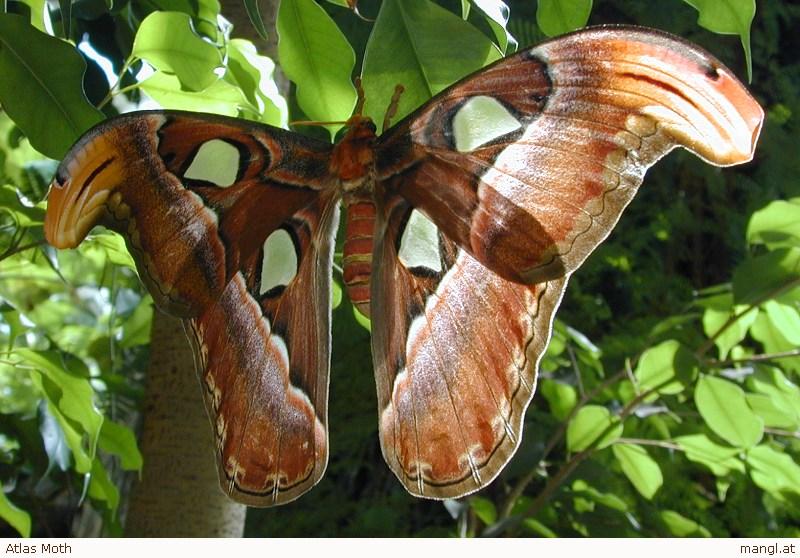|
| Query: Moth | Result: 95th of 1526 | |
Atlas Moth
| Subject: | Atlas Moth
| | Poster: | i+e+d (erich@mangl.at)
| |

| File size : 82452 bytes
File date : 2001:05:31 17:01:39
Resolution: 800x558
Jpeg process : Baseline
Posted Newsgroups: alt.binaries.pictures.fine-art.photos,alt.binaries.pictures.animals
Posted Date: Wed, 18 Apr 2001 00:06:59 GMT |
|

